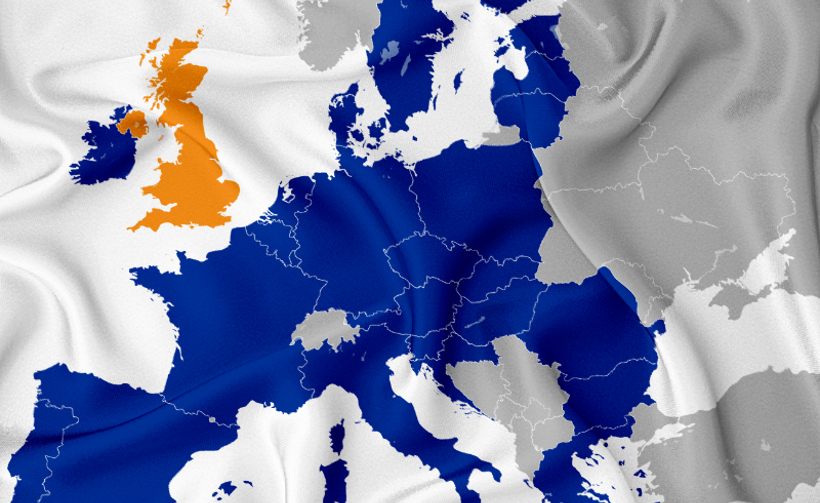
On 24 May 2021, the Home Office published a policy paper, “New plan for immigration: legal migration and border control strategy statement” (“the Strategy Statement”). Following the end of free movement between the UK and the EU on 31 December 2020, the Strategy Statement outlines the Home Office’s intention to implement transformation changes to the UK’s immigration system, seeking to establish the UK as a global leader offering a streamlined immigration system to users, whilst maintaining the security of the UK. In particular, the Strategy Statement focuses on the Home Office’s priorities for 2021/2022.
Key priorities include new and reformed immigration routes, the simplification of systems and processes and the introduction of digital systems aimed at improving user experience. Such priorities are geared to support “Global Britain” and assist the UK’s economic recovery in the wake of the Covid-19 pandemic.
The Strategy Statement encompasses the whole of the UK immigration system, however, we are focusing on the sponsorship system. Since 31 December 2020, the sponsorship regime in the UK applies to the majority of individuals relocating to the UK to work. Sponsorship is a core element of the UK immigration system and a key component in attracting skilled workers to the UK, in turn supporting the UK’s goal to be a global leader in several sectors of business.
Following the introduction of the Skilled Worker route on 1 December 2020, a number of improvements to the sponsorship system have been made, including:
- The introduction of a priority service for new sponsor licence applications reducing processing times from 8 weeks to 10 working days.
- The removal of the resident labour market test for those entering the UK labour market and the suspension of the cap on the number of Skilled Worker (formerly Tier 2 General) visas available for those applying from outside the UK.
- The introduction of paperless sponsor licence applications (somewhat necessitated by the Covid-19 pandemic) and the re-design of the sponsor guidance in an effort to make the regime more accessible to the increased number of businesses who now require a sponsor licence.
Building on the improvements made to the sponsorship system over the past 6 months, the Strategy Statement sets out the Home Office’s priorities over 2021/2022 to deliver an improved sponsorship system. Key future priorities include:
- Making enhancements throughout 2021 and beyond to deliver a digital, simplified and modern sponsorship system with the aim to allow overseas workers to start work faster than any other G20 country.
- Harnessing new technologies to achieve three core objectives, namely:
- The reduction of end-to-end processing times from sponsor licence application to the issuance of the worker’s visa by removing duplication from systems and expanding the use of the secure ChipChecker service for identity checks.
- The improvement of sponsors user experience and a reduction of the burden placed on sponsors in terms of maintaining their licence. The Home Office aim to achieve this objective by introducing automatic checks with other governmental agencies (such as HMRC) and the introduction of a dashboard for sponsors to manage their sponsored workers and their visa applications, as well as the introduction of a new Skilled Worker Eligibility checking tool. These proposed reforms are aimed at making it easier for prospective employers and workers alike to understand whether a role is eligible under the Skilled Worker route.
- Preventing abuse of the sponsorship regime through effective management of information risk by introducing trust ratings for sponsors and automatic checks on data held by HMRC.
Although the proposed changes to the sponsorship regime aim to make the system less onerous for the sponsor, compliance is a central tenet of the sponsorship regime. Employers will still have compliance obligations imposed on them and compliance visits at the pre-licensing stage shall continue to be carried out. The Strategy Statement sets out an intention to make use of technology to identify abuse by sponsors, ensuring key protections for workers. Checks are likely to include salary checks with HMRC to ensure employees are being paid the amount sponsors have committed to pay them.
Overall the Strategy Statement’s focus, in terms of sponsorship reforms, is to make potential sponsors who have not used the regime before to feel confident in the regime by demystifying and removing the perceived barriers to the system, and in particular to support SMEs who may have to adjust to using the sponsorship system following the end of free movement.
If you would like any advice or assistance regarding a sponsor licence or the Skilled Worker route, then please do not hesitate to contact one of the experienced solicitors in our immigration team.
Take the next step
- Call us on 0131 226 5151
